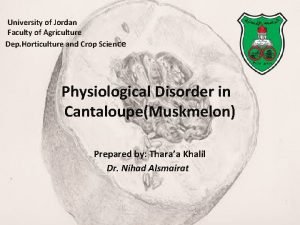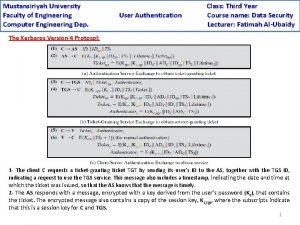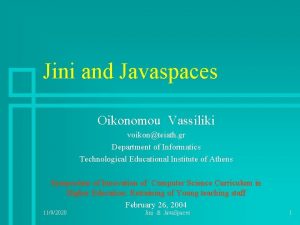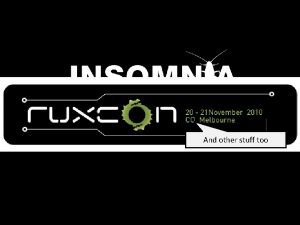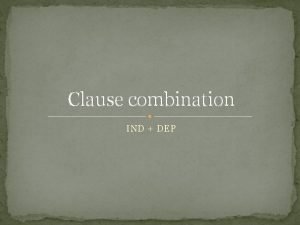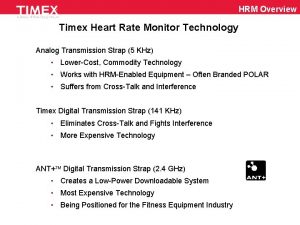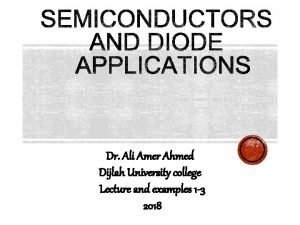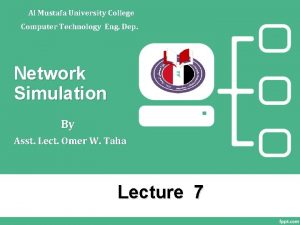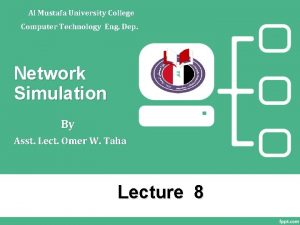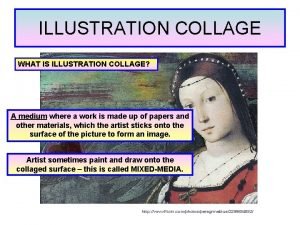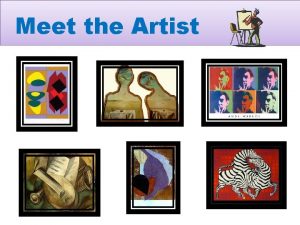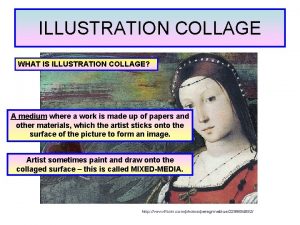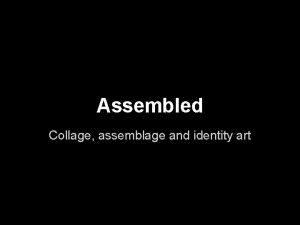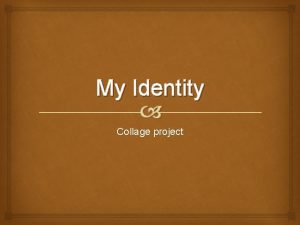Dijlah University Collage Computer Tech Eng Dep Digital
























- Slides: 24

Dijlah University Collage Computer Tech. Eng. Dep. Digital Communications Lecture - 1 Instructor Dr. Ahmed Abd Al-Kareem Ali Lecture notes Prepared by Dr. Bilal Shams Dept. of Electrical & computer Engg, Kohat University of Sc. & Tech, Kohat. ﺍﻻﻟﻜﺘﺮﻭﻧﻲ ﻧﻈﺎﻡ ﺍﻟﻤﺤﺎﺿﺮﺍﺕ

Course Information Text book: Digital Communications Bernard Sklar, Allan V. Oppenheim and Ronald w. Reference: Digital communications J. G. Proakis ﺍﻻﻟﻜﺘﺮﻭﻧﻲ ﻧﻈﺎﻡ ﺍﻟﻤﺤﺎﺿﺮﺍﺕ

Course Objective This course is designed to prepare students for engineering work in the industry and for advanced graduate work in the area of digital communications. The course covers concepts and useful tools for design and performance analysis of transmitters and receivers in the physical layer of a communication system. ﺍﻻﻟﻜﺘﺮﻭﻧﻲ ﻧﻈﺎﻡ ﺍﻟﻤﺤﺎﺿﺮﺍﺕ

Example of a (digital) communication system: Cellular wireless communication systems (WLAN, WSN…) BS Base Station (BS) UE UE UE User Equipment (UE) ﺍﻻﻟﻜﺘﺮﻭﻧﻲ ﻧﻈﺎﻡ ﺍﻟﻤﺤﺎﺿﺮﺍﺕ

Course Outline Signal and Spectra (Chapter 1) Formatting and Baseband Modulation (Chapter 2) Baseband Demodulation/Detection (Chapter 3) Bandpass Modulation and Demodulation/Detection (Chapter 4) --------------------------------------- Synchronization (chapter 10) Source Coding (chapter 13) Channel Coding (Chapter 6, 7 and 8) Miscellaneous Topics ﺍﻻﻟﻜﺘﺮﻭﻧﻲ ﻧﻈﺎﻡ ﺍﻟﻤﺤﺎﺿﺮﺍﺕ

Communication Main purpose of communication is to transfer information from a source to a recipient via a channel or medium. source Transmitter channel Recipient Receiver Basic block diagram of a communication system: Source: analog or digital Transmitter: transducer, amplifier, modulator, power amp. , antenna Channel: e. g. cable, optical fibre, free space Receiver: antenna, amplifier, demodulator, power amplifier, transducer Recipient: e. g. person, (loud) speaker, computer ﺍﻻﻟﻜﺘﺮﻭﻧﻲ ﻧﻈﺎﻡ ﺍﻟﻤﺤﺎﺿﺮﺍﺕ

Types of information: Voice, data, video, music, email etc. Example of Communication systems: Public Switched Telephone Network (voice, fax, modem) Satellite systems, Radio, TV broadcasting Cellular phones Computer networks (LANs, WLANs) ﺍﻻﻟﻜﺘﺮﻭﻧﻲ ﻧﻈﺎﻡ ﺍﻟﻤﺤﺎﺿﺮﺍﺕ

Information Representation Communication system converts information into electrical electromagnetic/optical signals appropriate for the transmission Medium Analog systems convert analog message into signals that can propagate through the channel. Digital systems convert bits(digits, symbols) into signals o. Computers naturally generate information as characters/bits o. Most information can be converted into bits o. Analog signals converted to bits by sampling and quantizing (A/D conversion) ﺍﻻﻟﻜﺘﺮﻭﻧﻲ ﻧﻈﺎﻡ ﺍﻟﻤﺤﺎﺿﺮﺍﺕ

Reasons for Choosing Encoding Techniques • Digital data, digital signal • Equipment less complex and expensive than digital-to-analog modulation equipment • Analog data, digital signal • Permits use of modern digital transmission and switching equipment • Digital data, analog signal • Some transmission media will only propagate analog signals • E. g. , optical fiber and unguided media • Analog data, analog signal • Analog data in electrical form can be transmitted easily and cheaply • Done with voice transmission over voice-grade lines ﺍﻻﻟﻜﺘﺮﻭﻧﻲ ﻧﻈﺎﻡ ﺍﻟﻤﺤﺎﺿﺮﺍﺕ

Why Digital Communication? • Easy to regenerate the distorted signal o Regenerative repeaters along the transmission path can detect a digital signal and retransmit a new, clean (noise free) signal o These repeaters prevent accumulation of noise along the path o This is not possible with analog communication systems • Two-state (finite state) signal representation o The input to a digital system is in the form of a sequence of bits (binary or M_ary) • Immunity to distortion and interference o Digital communication is rugged in the sense that it is more immune to channel noise and distortion ﺍﻻﻟﻜﺘﺮﻭﻧﻲ ﻧﻈﺎﻡ ﺍﻟﻤﺤﺎﺿﺮﺍﺕ








Comparative Analysis of Analog and Digital Communication ﺍﻻﻟﻜﺘﺮﻭﻧﻲ ﻧﻈﺎﻡ ﺍﻟﻤﺤﺎﺿﺮﺍﺕ

Analog Communication: Transmitter and Receiver ﺍﻻﻟﻜﺘﺮﻭﻧﻲ ﻧﻈﺎﻡ ﺍﻟﻤﺤﺎﺿﺮﺍﺕ



Remember Digital Bit 01010111111000000 Digital Wave From ﺍﻻﻟﻜﺘﺮﻭﻧﻲ ﻧﻈﺎﻡ ﺍﻟﻤﺤﺎﺿﺮﺍﺕ


 Ekstremumlar
Ekstremumlar Low tech assistive technology for communication
Low tech assistive technology for communication Distancias declaradas
Distancias declaradas Dep horticulture
Dep horticulture Depuser
Depuser Dep
Dep Dep yao
Dep yao Ideinca
Ideinca Bypass dep
Bypass dep Dep email
Dep email Dep environmental education grants
Dep environmental education grants Giô dép
Giô dép Eval.depp.taocloud.org
Eval.depp.taocloud.org Asterix cat062
Asterix cat062 Dep hkps
Dep hkps Lis dep
Lis dep Dep training modules
Dep training modules Dep group
Dep group ıml32.dll indir
ıml32.dll indir Dep clause
Dep clause Timex heart rate monitor
Timex heart rate monitor Dilara digital tech
Dilara digital tech Hog tech university
Hog tech university Louisiana tech university engineering
Louisiana tech university engineering Texa tech university
Texa tech university



